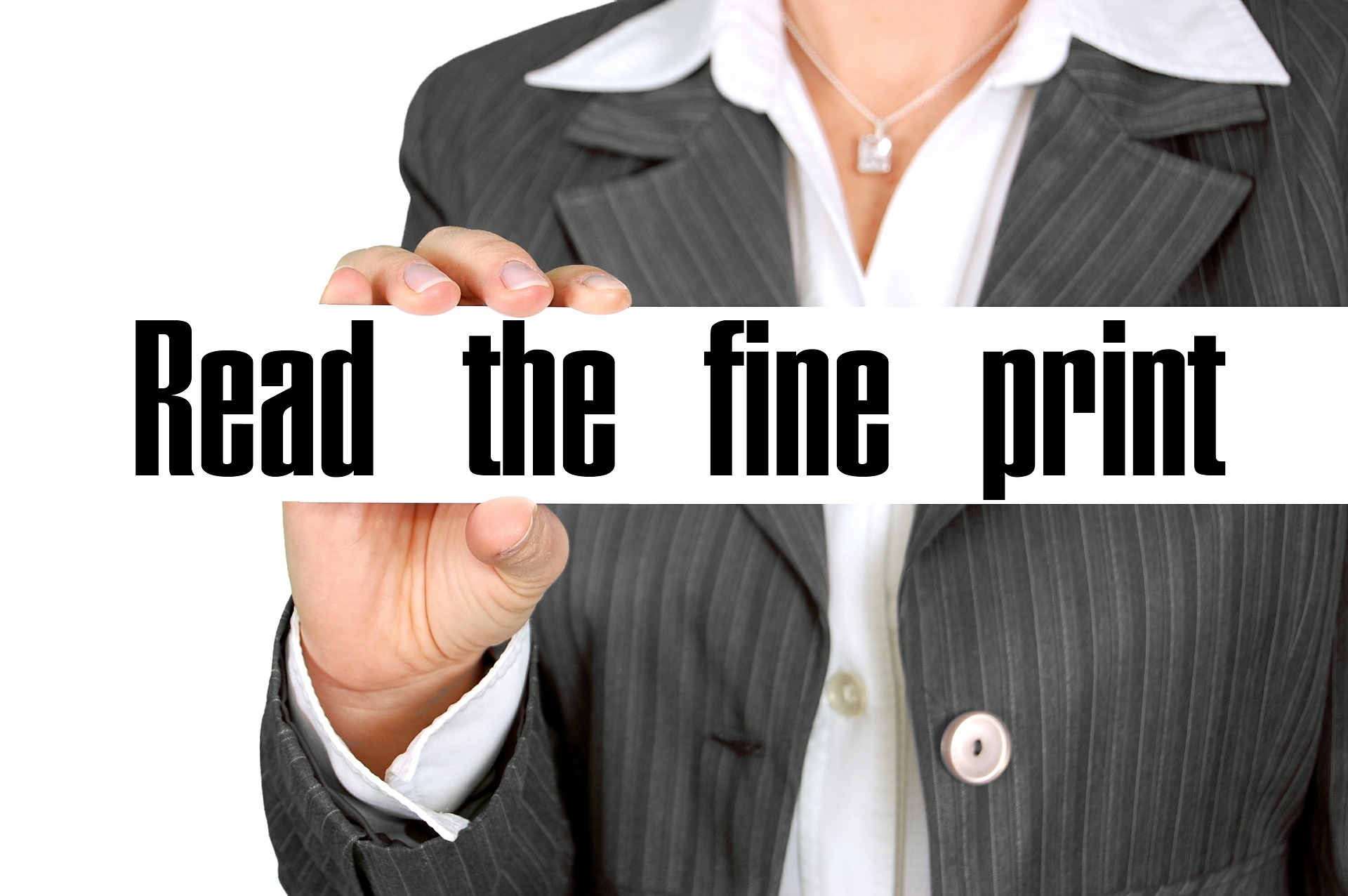Injured passengers left legally stranded, the Tesla event we’re waiting for and drivers create “do-it-yourself” robotaxis. LegalRideshare breaks it down.
An über-lesson in reading the fine print, Tesla’s robotaxis go Hollywood, and DIY robotaxis are a thing. It’s all here in This Week in Rideshare.
INJURED RIDERS CAN’T SUE
Uber passengers who were seriously injured can’t sue. CNN reported:
A married New Jersey couple that was in a severe accident during an Uber ride can’t sue the company because they and their daughter agreed to arbitration when they accepted the terms of service for a separate Uber Eats order, a court has ruled
Georgia sustained several fractures throughout her body, including cervical, lumbar, spine and rib fractures and other physical injuries that required surgeries and other procedures. Meanwhile, John has diminished use of his left wrist and a fractured sternum.
They tried taking Uber to court for a jury trial, but an appellate court recently ruled they can’t because they previously agreed to Uber’s updated terms and conditions requiring arbitration, which are the same in the Uber Eats and Uber ride app.
The couple said it was their minor daughter using Georgia’s phone who agreed to Uber Eats’ terms of service clicking a button that verified she was 18 years old, but an appellate court said that the company’s terms are “valid and enforceable” and that they include an acknowledgement that “disputes concerning auto accidents or personal injuries, will be resolved through binding arbitration ‘and not in a court of law.’”
THE TESLA ROBOTAXI EVENT
What can we expect from the Tesla Robotaxi event? Axios reported:
The billionaire CEO will host an event on Oct. 10 in Los Angeles, where he’s expected to reveal a Cybercab prototype and share the latest advancements in Tesla’s full self-driving (FSD) technology.
The show at Warner Bros. studios will no doubt be another Musk special, with lots of hype describing it as a product everyone said was impossible.
There are a multitude of unanswered questions about whether the technology is ready, and how a Tesla robotaxi business would work.
Musk has said Tesla will be ready to launch its robotaxi service next year, but he’s famous for saying “I’d be shocked if (such-and-such) didn’t happen next year” — only to move the goalposts again and again.
What we know is that Tesla has chosen a different development path than many others, including Waymo, the market leader, whose robotaxis are already operating in several cities.
Instead of using machine learning to train cars to recognize road signs or pedestrians, for example, and then behave in a certain way, Tesla uses a neural network that learns from video data how to drive like a human.
UBER DRIVERS “MAKING THEIR OWN” ROBOTAXIS
Uber drivers are making their own robotaxis to the detriment of their riders. Reuters adds:
A self-driving Tesla carrying a passenger for Uber (UBER.N), opens new tabrammed into an SUV at an intersection in suburban Las Vegas in April, an accident that sparked new concerns that a growing stable of self-styled “robotaxis” is exploiting a regulatory gray area in U.S. cities, putting lives at risk.
Do-it-yourself versions, however, are already proliferating, according to 11 ride-hail drivers who use Tesla’s Full Self-Driving (FSD) software. Many say the software, which costs $99 per month, has limitations, but that they use it because it helps reduce drivers’ stress and therefore allows them to work longer hours and earn more money.
Reuters is first to report about the Las Vegas accident and a related inquiry by federal safety officials, and of the broad use by ride-hail drivers of Tesla autonomous software.
LegalRideshare is the first law firm in the United States to focus exclusively on Uber®, Lyft®, gig workers, delivery and e-scooter accidents and injuries. Consultations are always free.
LegalReader thanks our friends at LegalRideshare for permission to share this piece. The original is found here.


Join the conversation!